Explore the Best AI Image Gallery

Pixels on Your Skin: Exploring the Impact of AI-Generated Images in Marketing
The marketing landscape is constantly evolving, driven by technological advancements that reshape how brands connect with consumers. One such revolution is the emergence of AI-generated images, a powerful tool poised to transform creative processes and redefine visual communication.
AI image generators, powered by sophisticated algorithms, can create stunning visuals from text prompts, opening up a world of possibilities for marketers. This technology allows brands to produce high-quality, customized imagery quickly and efficiently, breaking down traditional barriers in the creative process.
A New Era of Creative Possibilities
The potential applications of AI-generated images in marketing are vast and varied:
- Personalized Content: Imagine tailoring marketing materials to individual customer preferences. AI can generate unique images that resonate with specific demographics or target audiences, enhancing engagement and conversion rates.
- Dynamic Ad Campaigns: Say goodbye to static ads! AI can create dynamic imagery that adapts to user behavior, time of day, or even current events, delivering a more personalized and impactful advertising experience.
- Product Visualization: Showcase products in realistic scenarios without the need for expensive photography shoots. AI can generate images of products in different settings or configurations, allowing customers to visualize their purchase better.
- Social Media Engagement: Generate eye-catching visuals for social media platforms, keeping your audience captivated and driving interaction.
Navigating Ethical Considerations
While the benefits of AI-generated images are undeniable, its crucial to acknowledge the ethical considerations surrounding this technology:
- Copyright and Ownership: Questions arise about who owns the copyright to AI-generated images—the user who provides the prompt or the developer of the AI algorithm?
- Bias and Representation: AI algorithms are trained on existing data, which may contain biases that reflect societal stereotypes. Its essential to ensure that AI-generated images promote diversity and inclusivity.
- Transparency and Disclosure: Consumers should be aware when they are interacting with AI-generated content. Transparency is key to building trust and avoiding misleading representations.
Looking Ahead: The Future of AI Images in Marketing
The future of AI-generated images in marketing is brimming with possibilities. We can expect:
- Increased Realism and Detail: AI algorithms will continue to improve, generating even more realistic and intricate visuals.
- Personalized User Experiences: AI will personalize marketing content at an unprecedented level, tailoring imagery to individual user preferences and behaviors.
- Interactive and Immersive Content: Imagine marketing campaigns that come to life with interactive elements and immersive experiences powered by AI-generated imagery.
As AI technology evolves, it will undoubtedly reshape the creative landscape. Marketers who embrace this transformative power will be well-positioned to connect with consumers in innovative and meaningful ways.
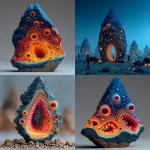
](https://images.ai-img.art/thumbnails/150/914cb18c03c97bdba2f290c0ec1573d5792bf399dbad7f484614764eb31f4c2f.webp)
](https://images.ai-img.art/thumbnails/150/ebc95932b25c17607076ed8d2a4bafc85c3371cf3f2d45c35741505fe3c97de1.webp)

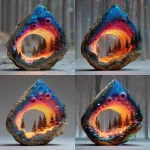
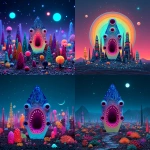


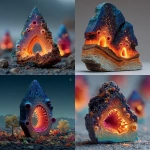




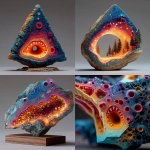

](https://images.ai-img.art/thumbnails/150/a31f622763ce0ecb2e76a907e566b81cfcc171e8d9b8b393f27681be24b6ca91.webp)


](https://images.ai-img.art/thumbnails/150/98325fa7102e81df81f1dba6df8df52929b4fa41b058192faf3c77cf94513ff7.webp)





](https://images.ai-img.art/thumbnails/150/7d9de60c58579b921ad140a9e1d752642452d5086b74a27d866e8af04608ed7d.webp)
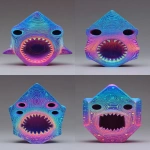
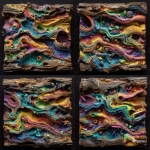


](https://images.ai-img.art/thumbnails/150/769518185300fcbda91b7bbf92b9007bc856379accd52eaf7983f9aec379e88e.webp)
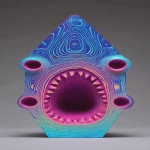
](https://images.ai-img.art/thumbnails/150/ac7218edd6198d49ed8d9853a5890595fc4d2a7a11c2e8a7ee8bcfbc7bfe265e.webp)

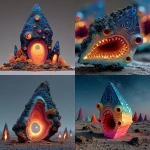

](https://images.ai-img.art/thumbnails/150/3b65287fef447a6ad61bcb18b5b9d03b6f6f74603ae0e058f81f4b91a3e02f36.webp)






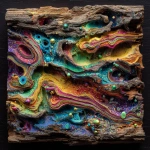



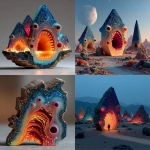


](https://images.ai-img.art/thumbnails/150/09314c003088f7174f747fa65105eca599e0842cf69e637ce4c98ebefd3f50ab.webp)